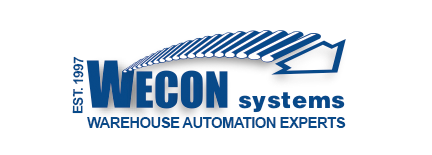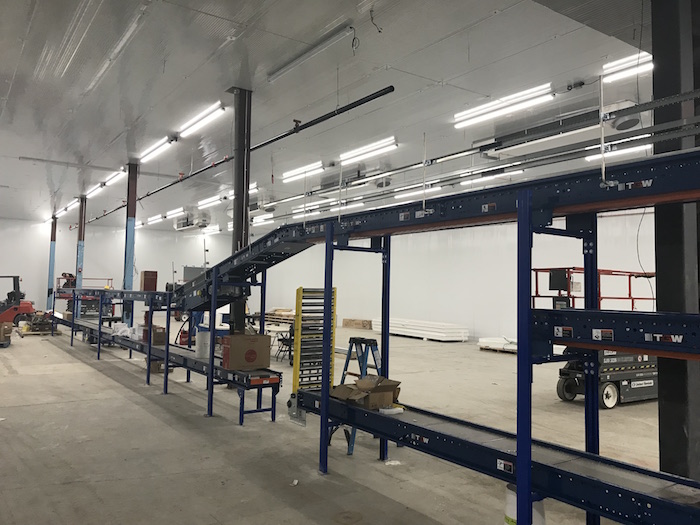Is your company adapting to keep up with new trends and preparing for the future? In order to remain competitive, staying well informed of what’s coming ahead is essential.
1. Changing Workforce
The workforce in material handling is getting older, and it’s becoming increasingly difficult to find qualified candidates entering the workforce who possess the necessary skills.
2. E-Commerce
E-commerce growth has vastly increased the need for shipments to be trackable in real time from the moment an order is placed for delivery. It’s also becoming more popular to have 2-day and same-day shipping for online orders, making it necessary to have an efficient warehouse and manufacturing plant.
3. Mass Personalization
As customized and personalized order requests become more common, businesses are required to have flexible manufacturing and automation systems. Businesses need to increase their capabilities to support more varieties of orders with quicker turnaround times than ever.
4. Robotics and Automation
Robotics and automation systems have helped businesses keep up with growing demands while remaining cost-efficient. These advances in technology also assist in smooth order picking, real-time tracking, and many other processes. Automated sorting systems are becoming more affordable and available in various systems to accommodate single piece picking in part-to-picker and picker-to-part configurations. Additionally, high-speed automation is leading to technology that can load and unload trucks at the pallet and carton level.
5. Sustainability
The industry has begun developing standard and accepted metrics to assess environmental impact. As consumers better understanding of the environmental impact of the products they purchase, transportation and material handling companies continue working toward reducing their energy use and environmental footprint.
With Wecon’s help, a manufacturing or warehouse work environment can hit maximum productivity while also leaving a minimal environmental footprint.

